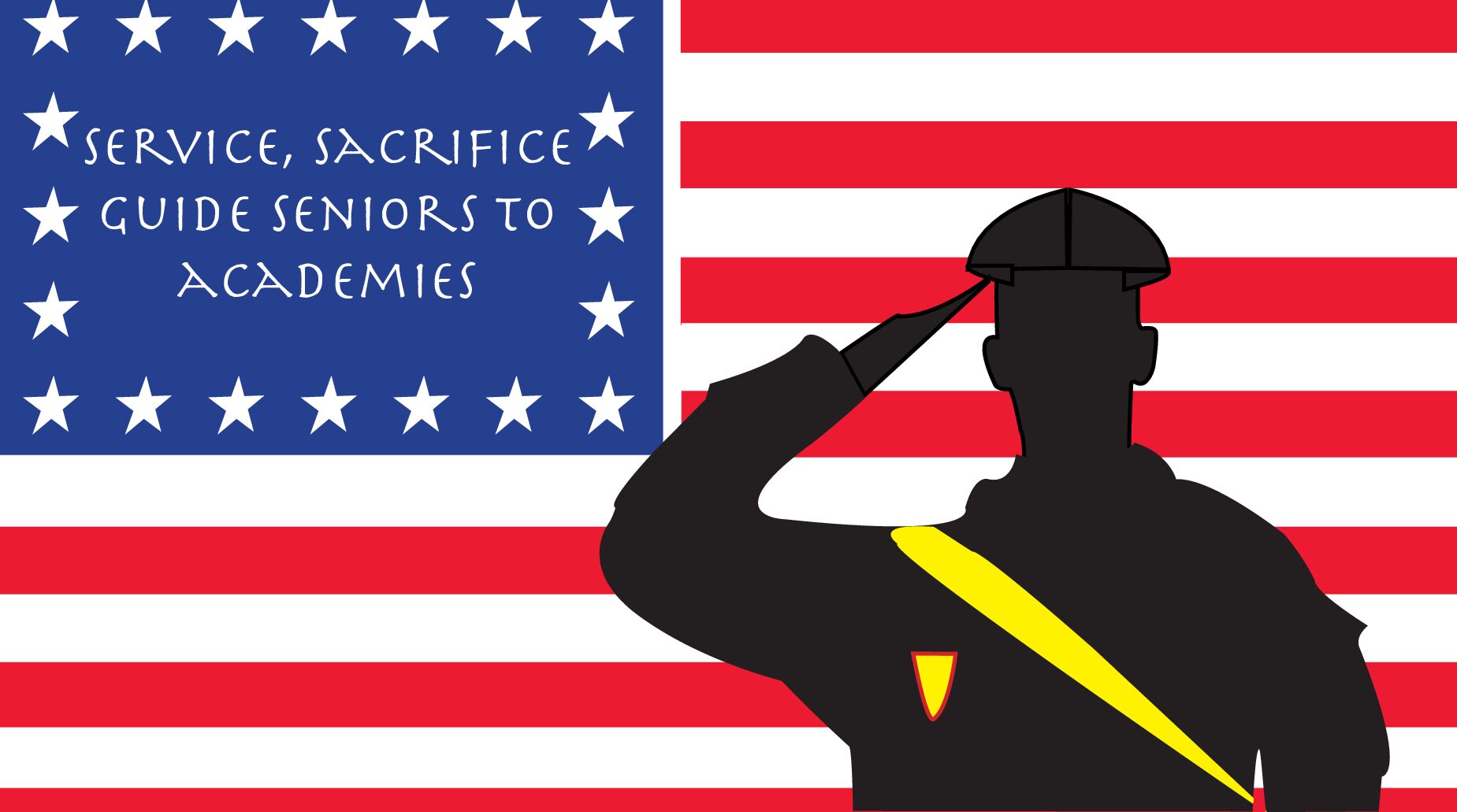Molly Keshin
Reporter
@mollykCourant

Few faculty members get to observe student behavior as closely as supervisory administrator Joel Geriak. From the top of the stairs in the lounge, Mr. Geriak can clearly see the customary actions of the NCHS student body: one group of students sits at a table rehearsing lines for the upcoming play, while another group crowds in the corner to discuss the outcome of last week’s football game. These segregated actions, according to Mr. Geriak, are deeply influenced by unwritten social cues and rules.
After 11 years at NCHS, Mr. Geriak is a professional at dissecting the social stratification that is constantly present in the school. Monitoring the activity in the lounge day in and day out, Mr. Geriak has noted that the most common social division is the separation between grades. “I think people believe that they have privileges over others; by the time they are seniors they have a sense of entitlement,” Mr. Geriak said. “Because of that, the students make those social rules themselves.”
These divisions along class lines have negative consequences. “The students all miss out on having relationships with each other and positive interactions through which the underclassmen can learn from the older students,” guidance counselor Cynthia Rivera said.
Grade separation is just one level of social division; students note that social divisions often form between friend groups. “There are certain crowds and they all can intermix, but it’s up to the ‘cooler’ crowd to make the jump because they are the ones that create the intimidation factor in intermixing,” senior political board president and member of the student advocate club Isabel Taben said. “That makes people feel like they cannot branch out.”
Students believe the activities they partake in after school also decide where they stand on the “social ladder.” “I think that athletes benefit from these accepted social rules because they get a lot of positive attention on NCTV’s Friday announcements,” junior Maddie Bossidy said. “Because the whole school watches them every week there’s more of a shoutout to them.”
While junior Katie Marciano agrees that these divisions exist, she feels they become less severe as students get older. “Freshmen and sophomores are definitely more divided and have more groups because they are just coming out of middle school where it’s always about how popular you are,” she said. “The upperclassmen are definitely a lot more mature about it and the seating at the lunch tables is not as concrete because everyone is intermingling.”
However, Katie also recognizes that although upperclassmen may become closer as the end of their high school career approaches, there will always be some degree of social division. “Although everyone is starting to meld together, there are still people who are thought to be at the bottom of the social structure just because they are quiet or they have a different opinion than the majority,” she added.
While students certainly notice these social divisions, not all consider them a problem. “I do not think people are getting that badly offended by social groupings,” sophomore Michael Talamo said. “If people were, then I feel like they would do something about it.”
When social rules do have negative consequences for students, acting assistant principal Steven Bedard asks that they come to him or any administrator and tell them about it. “When we become aware of something, if we determine that it’s inappropriate, we do address it on a case by case basis,” he said.
Whether students acknowledge the effects of social rules or not, administrators are trying to eliminate them. One of their efforts to make a change is the annual “Mix-it-Up Day,” otherwise known as “Freaky Friday,” where students in all grades are inspired to sit with each other in order to form new friendships and break down social barriers.
Ms. Rivera suggests that in order to break the social habits that have been present for many years, students need to be willing to change. “Students need to take a risk to step outside those unwritten rules to see what happens, because often times they are just myths,” she said.



